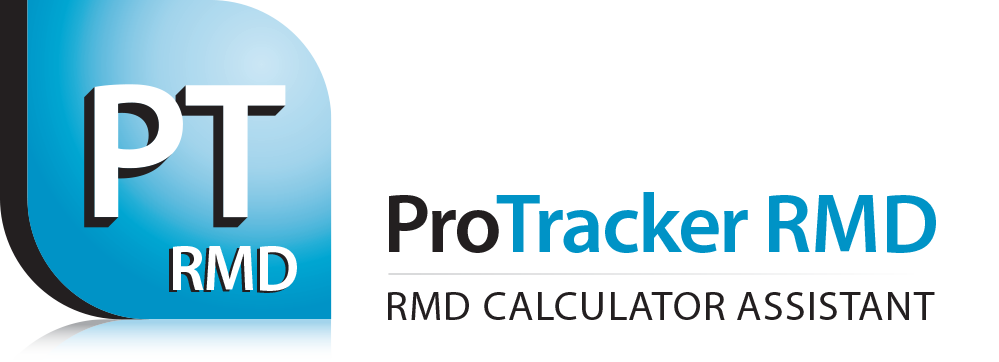|
When a spouse inherits a Roth IRA from a decedent spouse, there are two options to acquire the asset and manage the Required Minimum Distributions (RMDs).
0 Comments
When it comes to Required Minimum Distributions (RMDs), a client’s relatives play a significant role when retirement account beneficiaries are established.
Addresses and telephone numbers stored in client relationship management (CRM) software should be capable of meeting a variety of the firm’s communication needs. For example, envelopes should be printable directly from the CRM.
In ProTracker Advantage, right-clicking on an address provides an extensive menu of capabilities, including A robust client relationship manager (CRM) is essential to harness data for effective prospect and client communications. Recording every contact interaction facilitates prompt responses to customer questions and client queries. In successful firms, the mantra is, “If it is not in the contact manager, then it didn’t happen.”
When the SECURE Act (2019) altered the retirement rules, investment advisors became burdened with managing the new 10-Year Rule. Under this rule, account custodians must distribute the total amount of the retirement account to the inheritor within ten years. During the 10-year period, clients need to be apprised of the remaining years left within the 10-year period.
The SECURE Act of 2019 increased the complexity of administering retirement plans for clients. Financial advisors are responsible to track the setup, investment, and distribution of these important client resources.
The SECURE Act of 2019 established Required Minimum Distribution (RMD) rules for Eligible Designated Beneficiaries (EDBs) who may extend their distribution period for inherited retirement plans. Financial advisors have a significant responsibility to assure that client retirement accounts are properly set up to reflect the EDB exceptions.
Under the SECURE Act (2019) , beneficiary designations took on added importance because the SECURE Act introduced a 10-Year Rule wherein account custodians must distribute the total amount of the retirement account within ten years.
Non-designated beneficiaries (charities, estates, and non-see-through trusts) may have only five years to distribute the account if the participant died before his or her Required Beginning Date (the 5-Year Rule). Under the new SECURE Act of 2019 rules, Required Minimum Distributions (RMDs) for beneficiaries inherited after 2019 depend upon the date of death of the Participant.
We added a sixth option in Step 1 to accommodate the 10-Year Rule, specifically, the “Successor Beneficiary” option. We now designate the Participant as the “Primary Beneficiary.” All follow-on beneficiaries are “Successor Beneficiaries.” The SECURE Act of 2019 dramatically altered the rules for Required Minimum Distributions (RMDs) for designated beneficiaries. The distribution of an RMD to a designated beneficiary or a successor beneficiary now depends upon the date of death of the participant.
|
|
|
ProTracker RMD Calculator Assistant was developed to take the headache out of calculating and tracking RMDs, which has become even more odious with the new SECURE Act. Our experience as advisors gives us a unique understanding of your needs, and our goal is to make your business more efficient.
To learn more about ProTracker Advantage® (CRM) for your firm, fill out our CRM evaluation form. We respond to all inquiries. |

 RSS Feed
RSS Feed
